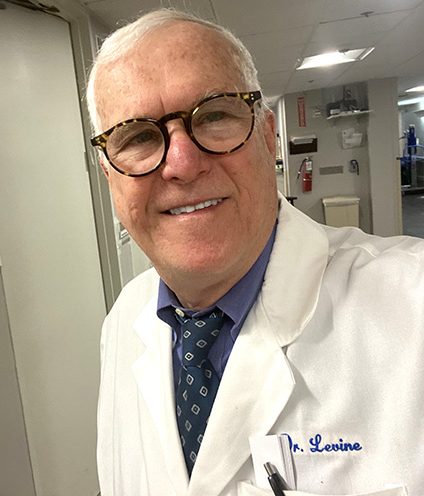 Whenever I ask a group of doctors, “How many of you have had any training in care and treatment of chronic wounds?” it is the rare person who raises their hand. Despite the urgent need for medical doctors to know how to assess and treat pressure injuries and chronic wounds, there is no formal medical or surgical specialty in wound care. This has resulted in a gap in education, training, and research, with extensive variation in clinical practice. The medical education establishment has simply not caught up to the realities of care for the chronically ill patient. Filling the education gap in wound care is one of my professional goals.
Whenever I ask a group of doctors, “How many of you have had any training in care and treatment of chronic wounds?” it is the rare person who raises their hand. Despite the urgent need for medical doctors to know how to assess and treat pressure injuries and chronic wounds, there is no formal medical or surgical specialty in wound care. This has resulted in a gap in education, training, and research, with extensive variation in clinical practice. The medical education establishment has simply not caught up to the realities of care for the chronically ill patient. Filling the education gap in wound care is one of my professional goals.
Pressure injuries affect up to 3 million adults in the United States, and efforts to prevent them have demonstrated only modest impact in their epidemiology. Pressure injuries cost $9.1 to $11.6 billion per year, and result in decreased quality of life, prolonged hospital admissions and rehabilitation, increased chance of placement in long-term care, and adverse outcomes that include pain, infections, scarring, disability and death. Pressure injuries trigger the need for surgical procedures that include debridements, myocutaneous flaps, amputations, grafts, and ostomies for fecal diversion.
Over the past year I provided education to national organizations including the American College of Physicians and AMDA-The Society for Post-Acute and Long-term Care Medicine. In addition, I had the privilege of writing textbook chapters for Springer Publishing Company and the American Geriatrics Society. I also edited a forthcoming volume of Clinics in Geriatric Medicine entitled Pressure Injuries and Chronic Wounds, and contributed a chapter entitled Pressure Injuries and Skin failure. The education gap for physicians is substantial. Doctors need to be taught how to assess and document wounds, prognosticate healing, address underlying comorbidities, and choose among the multiplicity of consultants and wound care treatment modalities. The task is huge, but I am pleased to make a small contribution to closing the gap.
* * * * * * * * * * * * * * * *
Related posts:
Academic Promotion at the Mount Sinai School of Medicine
New Textbook Chapter on Pressure Injuries & Chronic Wounds
Teaching Wound Care at the American College of Physicians Annual Meeting
Presenting Wound Care Research at the American Geriatrics Society Annual Meeting
A Review of the Skin Failure Concept
